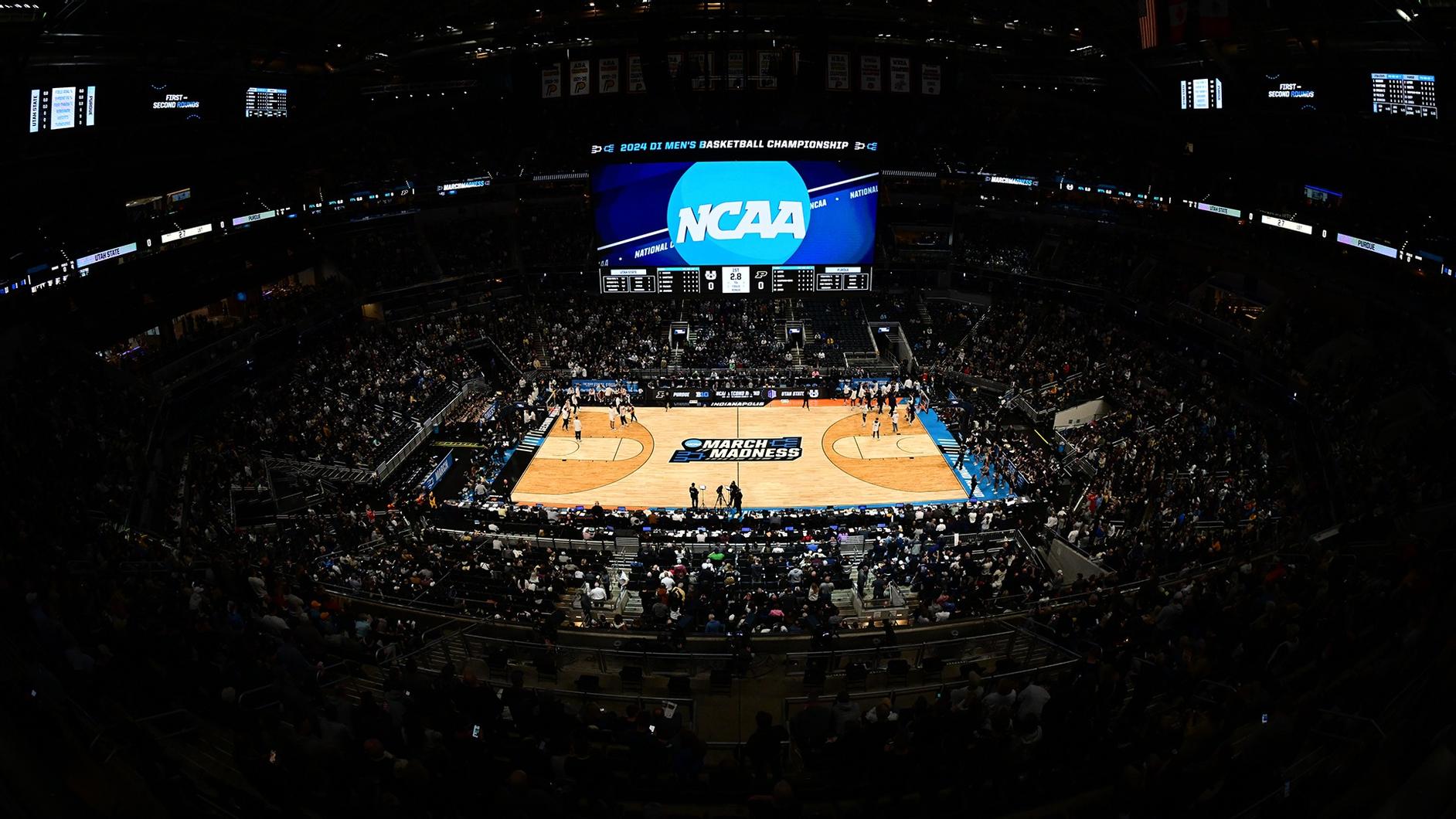Disability Coalition Supports DTV Delay
The Coalition of Organizations for Accessible Technology (COAT), the nation's largest coalition focusing on accessible technology for people with disabilities, said it supports a delay in the DTV transition date.
“As the February date for the DTV transition approaches, a myriad of technical problems continue to surface for people with disabilities,” said Karen Peltz Strauss, a founding and steering committee member of COAT. “These include problems with receiving and displaying closed captions, difficulties with the pass through of available video description (narration added to visual program elements during natural programming pauses), and troubles with the hook-up of digital equipment. Consumers have experienced frustration in their attempts to obtain resolution of these issues from TV programming providers, equipment manufacturers and retailers."
Rosaline Crawford of the National Association of the Deaf (NAD), explained, “Our members report missing and disappearing captions, overlapping captions, captions appearing in the middle of the television screen and blocking images, garbled captions, captions running off the edge of the picture, and captions either exceedingly small or too large. We are very concerned that the analog cut-off scheduled for February 17 will result in members of our community completely losing access to television news, information, and entertainment programming for an indefinite period of time."
Eric Bridges of the American Council of the Blind (ACB) was also concerned about the transition. “People who are blind or with vision disabilities are experiencing huge difficulties, not only with hooking up the converter boxes but also serious problems with new digital TV equipment that is not passing through any available video description.” he said in a statement. “The lack of knowledge about how to resolve video description concerns is a major barrier to our community's access to digital television."
Jenifer Simpson of the American Association of People with Disabilities (AAPD), a co-founder of COAT, concluded, “With all of these problems, what's needed is more time and the creation of a dedicated nationwide team of subject matter experts and engineers who should be tasked with identifying and implementing technical solutions for all of these accessibility concerns. We call on the U.S. Congress to set aside DTV transition funds for this very purpose—to ensure access to digital television by people with disabilities as part of the digital TV transition."
COAT said the problems may be caused by any one of a combination of technical failures at the local broadcast station or cable, network or satellite provider. Poor adjustment of end user equipment provided by the cable or satellite companies and/or improper encoding and transmission by caption providers can also cause problems. COAT said consumers are unable to determine the causes of these many technical problems on their own and typically don't know who to turn to for help. COAT asked Congress to take a leadership role in resolving these problems.
I've heard reports from multiple stations that they are getting calls from blind viewers used to listening to TV audio on the many multiband portable radios that cover the VHF TV band. Channel 6 audio is available on most conventional FM radio receivers. Unfortunately, the portable ATSC receivers I've reported on before there appear to be the only alternative. DTV receivers usually require the use of menus to select channels and audio tracks. These can be difficult for consumers that aren't visually impaired!
Get the TV Tech Newsletter
The professional video industry's #1 source for news, trends and product and tech information. Sign up below.

Doug Lung is one of America's foremost authorities on broadcast RF technology. As vice president of Broadcast Technology for NBCUniversal Local, H. Douglas Lung leads NBC and Telemundo-owned stations’ RF and transmission affairs, including microwave, radars, satellite uplinks, and FCC technical filings. Beginning his career in 1976 at KSCI in Los Angeles, Lung has nearly 50 years of experience in broadcast television engineering. Beginning in 1985, he led the engineering department for what was to become the Telemundo network and station group, assisting in the design, construction and installation of the company’s broadcast and cable facilities. Other projects include work on the launch of Hawaii’s first UHF TV station, the rollout and testing of the ATSC mobile-handheld standard, and software development related to the incentive auction TV spectrum repack. A longtime columnist for TV Technology, Doug is also a regular contributor to IEEE Broadcast Technology. He is the recipient of the 2023 NAB Television Engineering Award. He also received a Tech Leadership Award from TV Tech publisher Future plc in 2021 and is a member of the IEEE Broadcast Technology Society and the Society of Broadcast Engineers.
